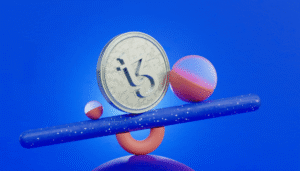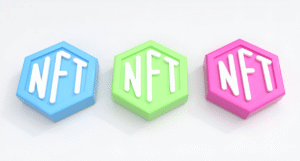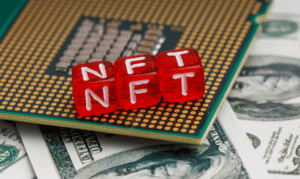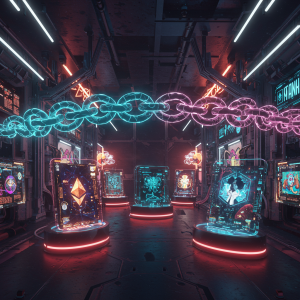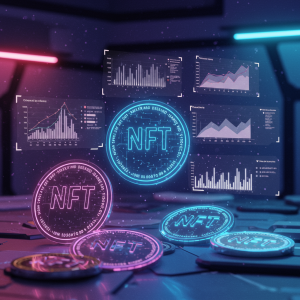What Does the Average NFT Sell For
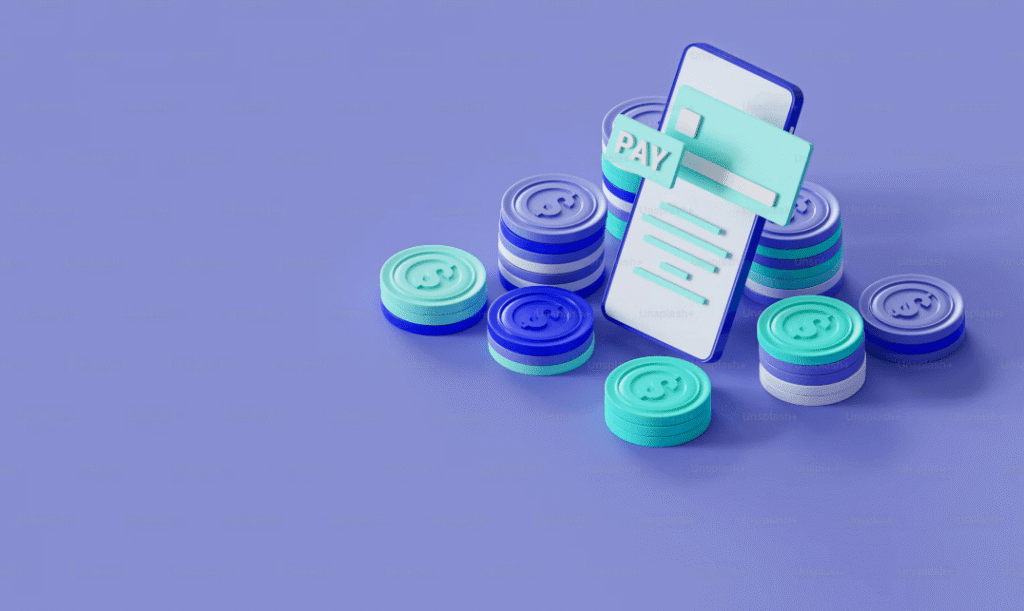
The rise of NFTs (non-fungible tokens) has reshaped the way we think about ownership, value, and creativity. From digital art and music to real estate within the metaverse, NFTs have sparked interest and debate across industries. If you’ve considered entering the NFT marketplace as a creator, collector, or investor, one of your first questions is likely, “What does the average NFT sell for?”
This comprehensive guide will explore the answer to that question and shed light on the nuances of NFT pricing. Whether you’re curious about the range of values, factors affecting NFT prices, or strategies to succeed in this unique digital asset space, read on for insights.
Understanding NFT Pricing Basics
Before jumping into exact figures, it’s crucial to understand how NFT pricing works. NFTs are digital assets stored on a blockchain, and their value is largely determined by:
- Scarcity: Is the NFT part of a limited edition, or is it entirely unique?
- Utility: Does it provide access to something of value, like an exclusive event or membership?
- Creator Reputation: Has the creator gained credibility and desirability in the NFT space?
- Market Demand: Are collectors or buyers actively competing for this kind of NFT?
NFT values aren’t static and can vary dramatically based on these factors. For instance, a common NFT collectible might sell for a few dozen dollars, while an exclusive digital artwork by a renowned creator can command prices in the millions.
The Average NFT Sale Price
Now, to answer the central question, what does the average NFT sell for? According to nonfungible.com, a reliable analytics platform for NFTs, the average price for an NFT in 2023 fluctuates between $20 and $500, depending on the type, category, and market dynamics.
High-Value Outliers
Some high-profile NFTs skew the perception of average prices. For example:
- Beeple’s “Everydays” NFT sold for a record-breaking $69 million in March 2021.
- CryptoPunk #5822, part of the revered CryptoPunk collection, sold for over $23 million.
While these sales dominate headlines, they represent a small percentage of the overall NFT market. Most transactions occur far below these jaw-dropping figures.
Mid-Tier NFT Markets
The mid-tier range consists of NFTs priced between $500 and $5,000. Items in this range often include popular collectibles from collections such as:
- Bored Ape Yacht Club (BAYC): These iconic NFT-profile picture projects often fall into the mid-to-upper tier.
- NBA Top Shot Moments: Sports-related NFTs have gained traction, selling for hundreds to thousands depending on rarity.
These NFTs appeal to buyers who are serious about collecting but not willing to invest millions.
Affordable NFTs and Mass Adoption
Affordable NFTs priced under $100 are growing in number and popularity. These are often found in emerging categories like:
- Gaming NFTs: Digital assets like skins, weapons, or characters for blockchain-based games, such as Axie Infinity, often sell in accessible price ranges.
- Music NFTs: Some artists sell NFTs of songs for affordable prices to build community engagement.
Lower prices have been critical in making NFTs more accessible to the general public.
What Factors Impact NFT Prices?
The massive variance in NFT prices is not arbitrary. Several key factors influence how much an NFT sells for:
1. Creator Popularity
NFTs created by well-known digital artists, celebrities, or influencers often command a high premium. Buyers place value not just on the NFT itself but on its association with a recognized or influential name.
2. Rarity and Scarcity
NFTs with limited availability tend to draw higher bids. Collections often employ strategies like releasing only 10,000 unique pieces to drive demand.
3. Utility
NFTs with practical applications, such as access to exclusive events, in-game assets, or real-world benefits, provide extra value and justify higher prices.
4. Blockchain Network
The blockchain hosting the NFT affects its transaction costs, speed, and appeal due to differences in user bases. Ethereum-based NFTs tend to dominate the space, but alternatives like Solana and Polygon are growing in prominence.
5. Current Market Trends
Market sentiment plays a significant role. A bullish NFT market drives higher demand and prices, while bearish markets can lead to a decline in sale values.
6. Presentation and Marketing
How an NFT is marketed also impacts its price. High-quality promotion campaigns, creative drop events, and strong community engagement can significantly influence buyer enthusiasm.
Examples of NFT Categories and Price Ranges
NFTs come in various forms and cater to different types of buyers. Here’s a breakdown by category:
|
Category |
Price Range |
Examples |
|---|---|---|
|
Digital Art |
$500 to $1 million+ |
Beeple, Pak, Trevor Jones |
|
Collectibles |
$50 to $10,000 |
CryptoPunks, BAYC, World of Women |
|
Gaming Assets |
$10 to $5,000 |
Skins, Axie creatures |
|
Music NFTs |
$20 to $1,000 |
Audius, Kings of Leon album |
|
Sports Memorabilia |
$50 to $5,000 |
NBA Top Shot, Sorare |
|
Virtual Real Estate |
$1,000 to $10,000+ |
Decentraland, The Sandbox |
How to Succeed in the NFT Market
If you’re considering buying or selling NFTs, here are some tips to help you do so effectively:
For Buyers
- Do Your Research: Understand the creator, rarity, and utility of the NFT before committing to a purchase.
- Start Small: Test the waters with more affordable NFTs to gain experience in buying and transferring them securely.
- Engage with Communities: Platforms like Discord and Twitter are great for discovering upcoming projects and building relationships with creators.
For Sellers
- Build a Brand: Success for creators in the NFT world often hinges on personal branding and active community engagement.
- Leverage Social Media: Market your NFT drops across platforms to increase visibility.
- Choose the Right Platform: Popular marketplaces like OpenSea, Rarible, and Foundation give sellers exposure to the widest collector base.
Where to Start Exploring NFTs
Several platforms make it easy to explore and get involved in the NFT space:
- OpenSea: The largest marketplace for a range of NFTs, from art to collectibles.
- Rarible: Known for enabling creators to mint, sell, and showcase their work.
- Foundation: A platform for artists to showcase exclusive collections.
Finding Your Place in the NFT Ecosystem
The world of NFTs is dynamic, exciting, and full of potential. Whether you’re intrigued by the possibilities as a collector or hoping to make waves as a creator, understanding the average sale price of NFTs is only the start. Knowing how value is determined can help you make informed decisions and maximize your experience in this evolving digital landscape.
Take your first step toward navigating the NFT ecosystem today. The tools, platforms, and communities are waiting for you to join the conversation.

